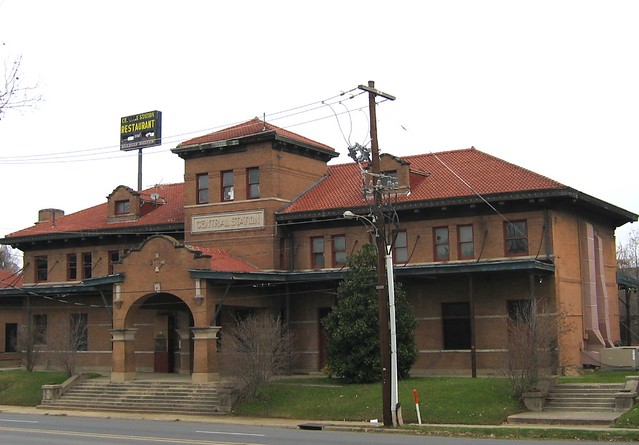The BNSF Dallas to Houston needs quite a bit of work, but at least the alignment is fairly straight. A rail relay, a good T&S (that's tie and surfacing) job, probably to the tune of about 1/3 new ties, and likely some signal work and of course grade crossing protection would be needed, but then, excluding the signal work that has been funded with virtually no publicity for almost the entirety of the Vermonter's one train a day route north of Springfield, Mass. Likewise, there has been similar work done on Uncle's dime for such things as Gulfport to Hattiesburg MS under the guise of improved port access. It would be most useful if a deal could be made to use the UP (ex-SP) route between Dallas and Corsicana.
Do the above and with a 90 mph limit, a reliable schedule of just under 4 hours could be achieved. (The BNSF line had a 90 mph speed limit in the past before the ICC outlawed 80 plus for the signal system they had.) It would be better to go for 110 mph, speed up some of the slow spots, and try for a schedule closer to 3 hours.







